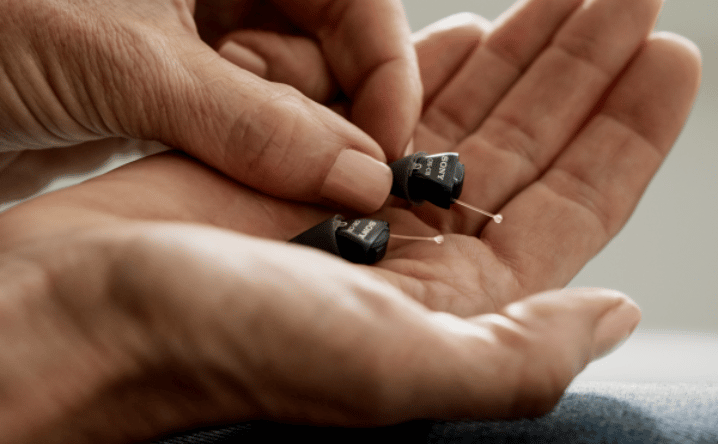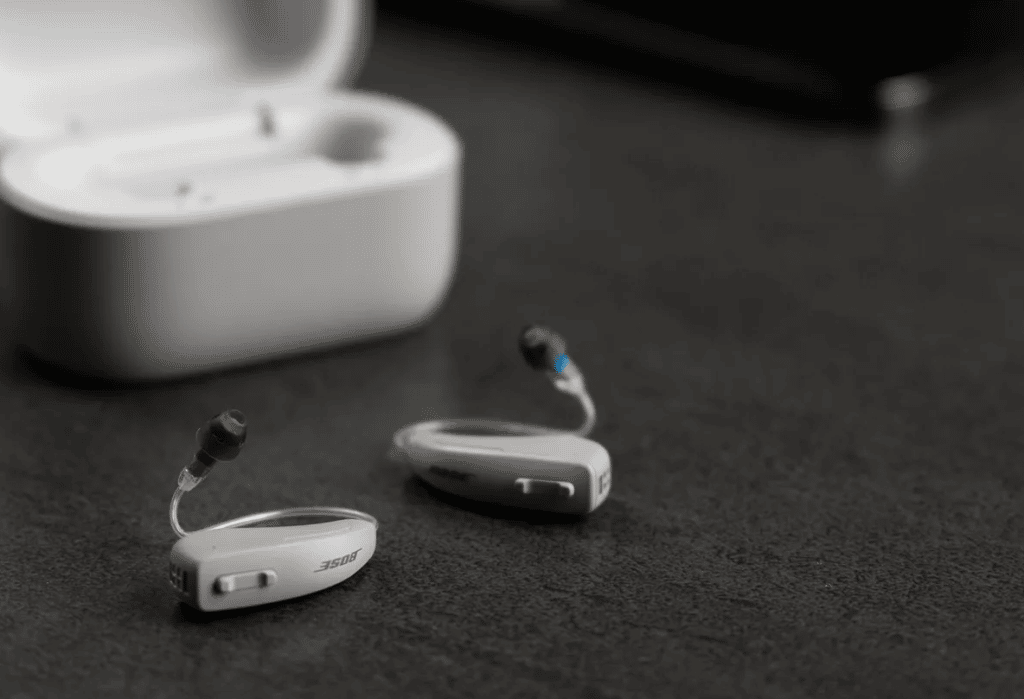Hearing Health News — October ’22
In this recurring blog series, we take a look at a few of the prior month’s biggest stories in the world of hearing health care
This month's post will focus on one story, the story, over-the-counter (OTC) hearing aids.
The Over-the-Counter Hearing Aid Act of 2017 established a new category of over-the-counter hearing aids, enabling consumers with perceived mild to moderate hearing loss to purchase hearing aids directly from stores or online retailers without the need for a hearing test or fitting by a licensed hearing provider.
On October 17th, over-the-counter hearing aids hit stores for the first time.
This story received widespread coverage from all major media outlets. In my 13 years in the hearing aid business, I haven't seen a story come close to garnering as much attention as this one has.
Traffic to our website and affiliate websites in the hearing aid industry soared over the first few days as this story was disseminating.
The headlines all read something like this—"Affordable hearing aids now available to millions of Americans suffering from hearing loss. "
Should you believe the hype around OTC?
It's hard to say, but for right now, probably not.
What is true, is that hearing aids, and lower-priced hearing aids in particular, are now more accessible to consumers.
But, is this the "game-changer" that media outlets are reporting it to be?
I don't think so.
Here's my take on OTC hearing aids so far—
In short, OTC hearing aids have been around for 20 years.
If you'd been looking for more affordable alternatives to traditional hearing aids, those alternatives have been there for a very long time—a quick Google search for "hearing aids" would provide ample alternatives.
There's a narrative around OTC hearing aids that the floodgates are opening for the first time and it's going to drastically expand options and affordability, but I just don't see it happening.
Major players have tried to disrupt the industry even before the FDA gave the green light—
Bausch & Lam, Bose, RCA Labs, Doppler Labs, Johnson & Johnson, 3M, Panasonic, the list goes on.
The reality is, building a low-cost, high-quality hearing aid, with a large enough profit margin to support customers after their purchase, has eluded many companies thus far, and I don't see legislation changing that reality.
In the long term, I think as a result of the OTC Hearing Aid Act there are going to be more options, that are better, and safer.
My assessment of the OTC hearing aids that've hit the market so far, is they're a good start, but probably not super compelling options for consumers—yet.
Let's take a look at a few of the hearing aids to hit the scene this month to find out why.
Sony CRE-C10 Self-Fitting OTC Hearing Aids
In September, Sony announced a collaboration with WS Audiology, one of the world’s top five hearing aid manufacturers.
The two behemoths have jointly developed and are supplying new products in the OTC self-fitting hearing aid market, beginning with the United States.
In October, we saw the first of these two products.
Pictured below is the new Sony CRE-C10— it's the more discreet, and lower-priced of their two OTC hearing aids.

Does it look familiar?
If you're in the industry, or have in the last few years researched invisible hearing aids, it should.
On the outside, it looks similar to an existing prescription hearing aid on the market by WS Audiology, Signia Silk.
On the inside, one would assume it atleast takes some inspiration from Signia Silk, but it's unclear how much.
Obviously the CRE-C10 isn't a prescription device like Signia Silk, but we know these hearing aids can be somewhat-tailored to a wearer's hearing profile, via the Sony Hearing Control app.
What we don't know, is whether the self-fitting app will provide legitimate results to create a 'hearing profile' that would closely match the results of a professionaly-administered hearing test.
We also don't know what wait times, fees, or logistics look like for maintenance and repairs in the future.
I'll get back to those items in a minute, but first, let's take a look at another widely-advertised OTC hearing aid.
Lexie B2 Self-fitting OTC Hearing Aids
Above, I mentioned the fact that OTC hearing aids have actually been readily available, even before October 17th.
The Lexie B2 hearing aid now being sold at CVS drugstores is a good example of this.

Like the Sony hearing aid mentioned above, this Lexie hearing aid should also look familiar.
Back in May of 2021, Bose announced a new direct-to-consumer hearing aid, very similar to the model pictured above, that went on sale in all 50 states.
Just over a year later, Bose abondoned their plans to manufacturer and distribute hearing aids.
The Lexie B2 model pictured above, is sold by direct-to-consumer company Lexie, and 'Powered by Bose', and is the result of a partnership between the two companies.
Lexie B2, like the CRE-C10, is a self-fitting hearing aid that has an accompaying app allowing users to self-tune the devices.
It features a rechargeable lithium-ion that lasts 18 hours a day, but is unable to stream audio or phone calls—a feature that consider 'must have' in modern, prescription-level hearing aids.
The problem with both of the above OTC hearing aids
Both models are $1,000 for a pair, but neither include a personal hearing test administered by a professional, nor do they include service appointments locally to ensure the devices are amplifying to the wearer's unique hearing profile.
At $1,000 for a pair, many consumers will reason that alternatives like Costco hearing aids at just $1,399/pair are a better option, because Costco's hearing aids are more advanced and are professionally-fitted.
Consumers also need to keep in mind that these $1,000 hearing aids will undoubtedly need maintenance and repairs over the years which will not be handled locally. That means added costs shipping hearing aids back to the device manufacturers, and time without hearing aids.
Considering both of the above issues (lack of personalization and local care), and considering consumer preferences for hearing aids, OTC hearing aids are going to need to be priced well under $1,000 for a pair, have an excellent app for self-fitting, be rechargeable, Bluetooth compatible, discreet, and have a quick, easy, low-cost repair process.
In the near future, I just don't see that product coming to market at a low enough price point to really entice buyers away from traditional prescription hearing aids.
Undoubtedly, there'll be a lot of innovation in the coming years, and OTC hearing aids will be a net positive for consumers, but it may take years before there are OTC hearing aids on the market that can compete with products from the established manufacturers.






